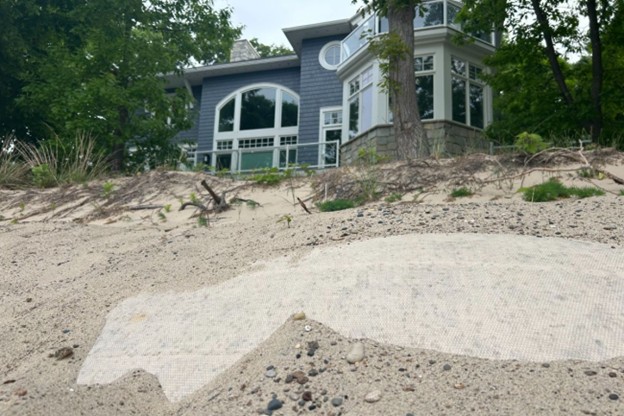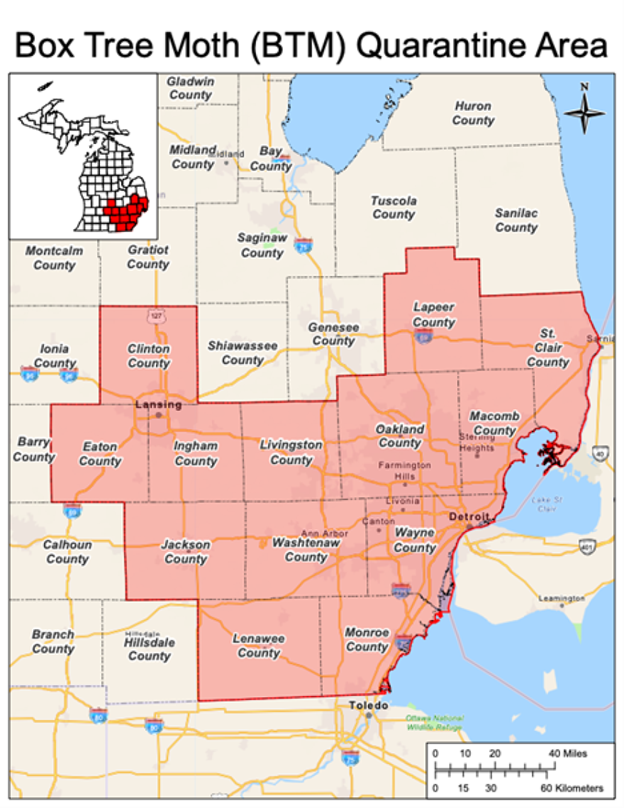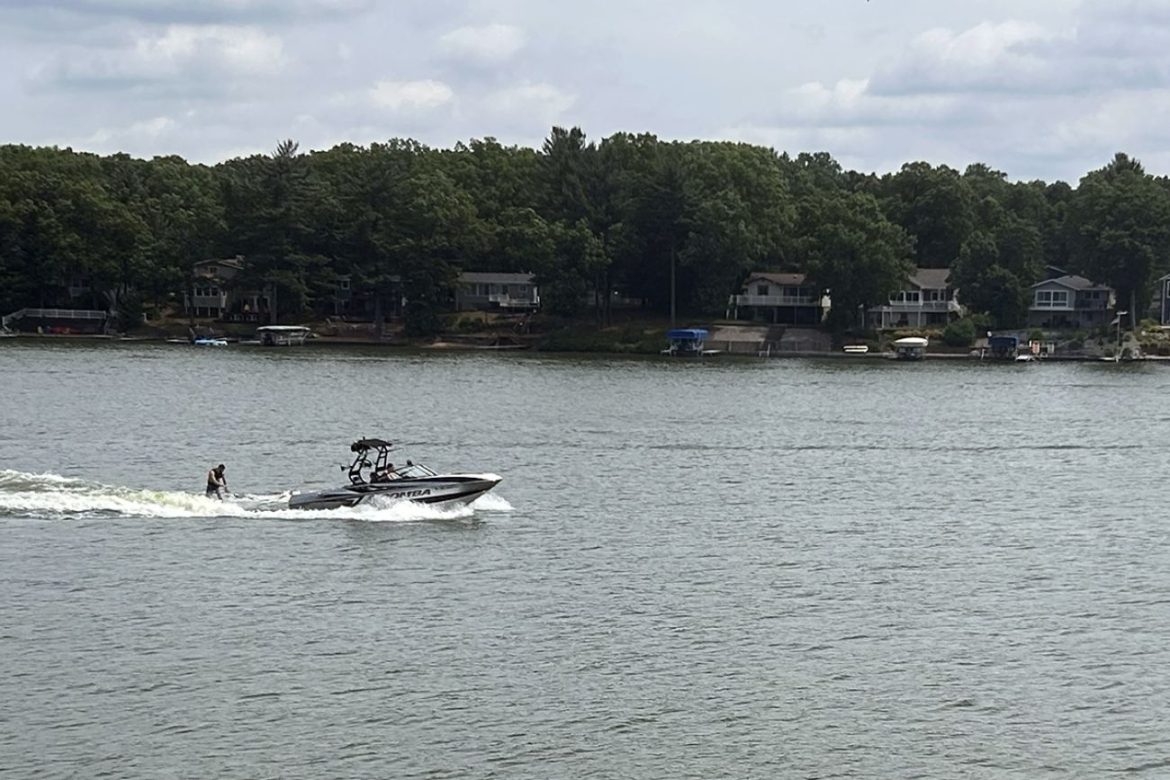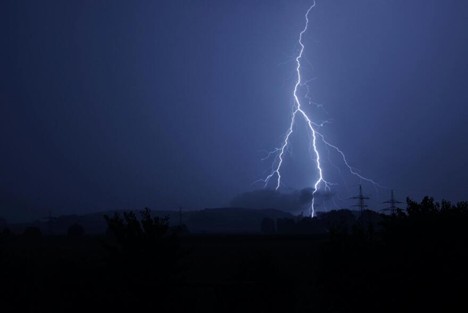Solutions
Nonprofits and robots help reduce food waste
|
By Rachel Lewis
With the goal of cutting food waste by 50% from 2005 levels by 2030, The Michigan Department of Environment, Great Lakes and Energy (EGLE) has been helping to fund NextCycle Michigan. This program gives grants and advice to small companies in the state looking to reduce food waste. One of these start-ups is Penny Pickup. With robot food delivery vehicles becoming more popular, the company Orange Sparkle Ball decided to launch Penny Pickup as a pickup service, instead of delivery. Its focus is to remove trash and unwanted items, primarily food waste.









